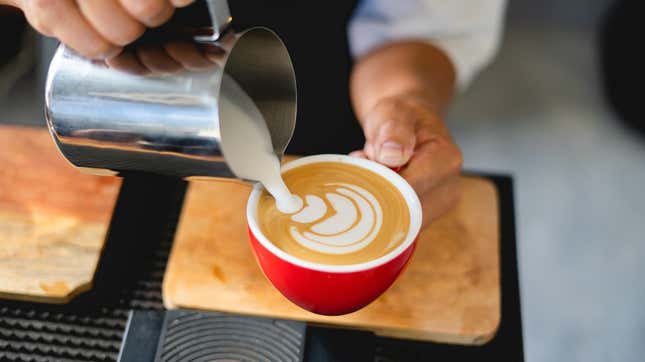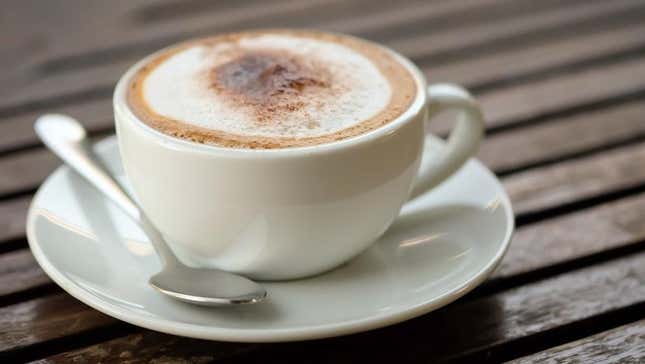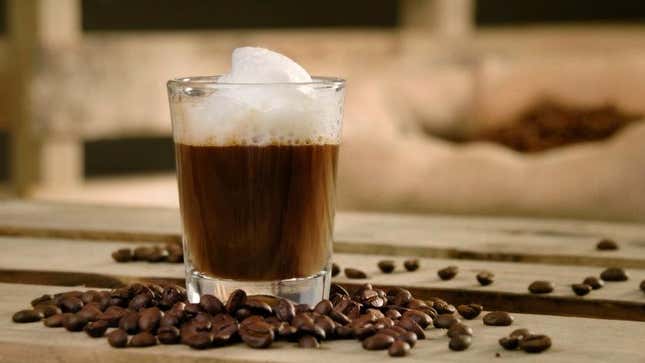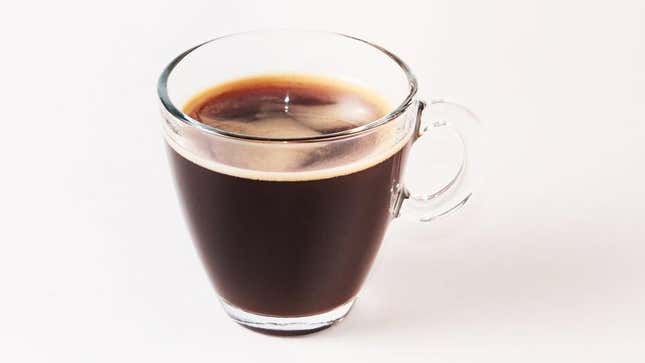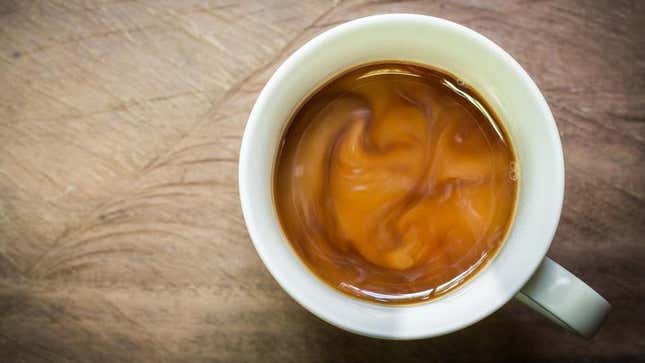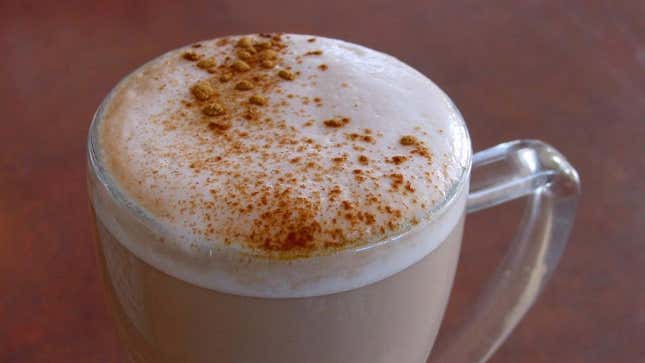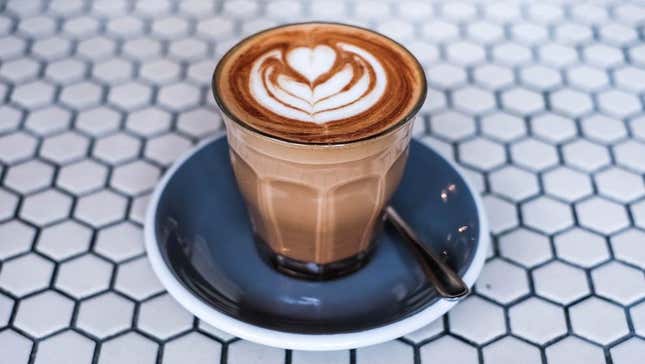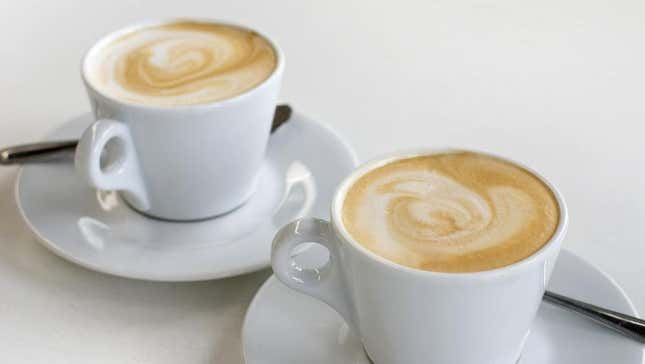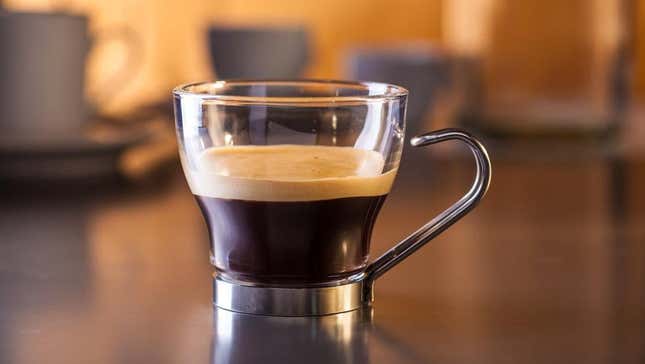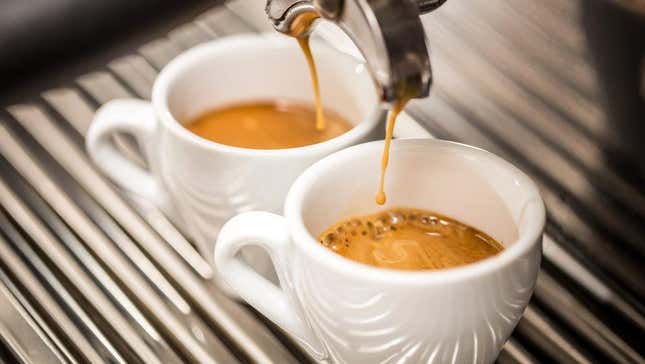
If you’ve found yourself staring at the menu board in a coffee shop, wondering how all the various Italian terms relate to one another, then it’s time someone cut to the chase and explained what you’re looking at, drink by drink. Drip coffee is fun and all, but there’s more to the caffeine puzzle. Having been a barista for nearly five years, I’ve come to know these various coffee drinks up and down, and I’m here to tell you, they’re not that deep. So here are 11 espresso drinks, explained in simple terms by a barista who knows they can get confusing.
